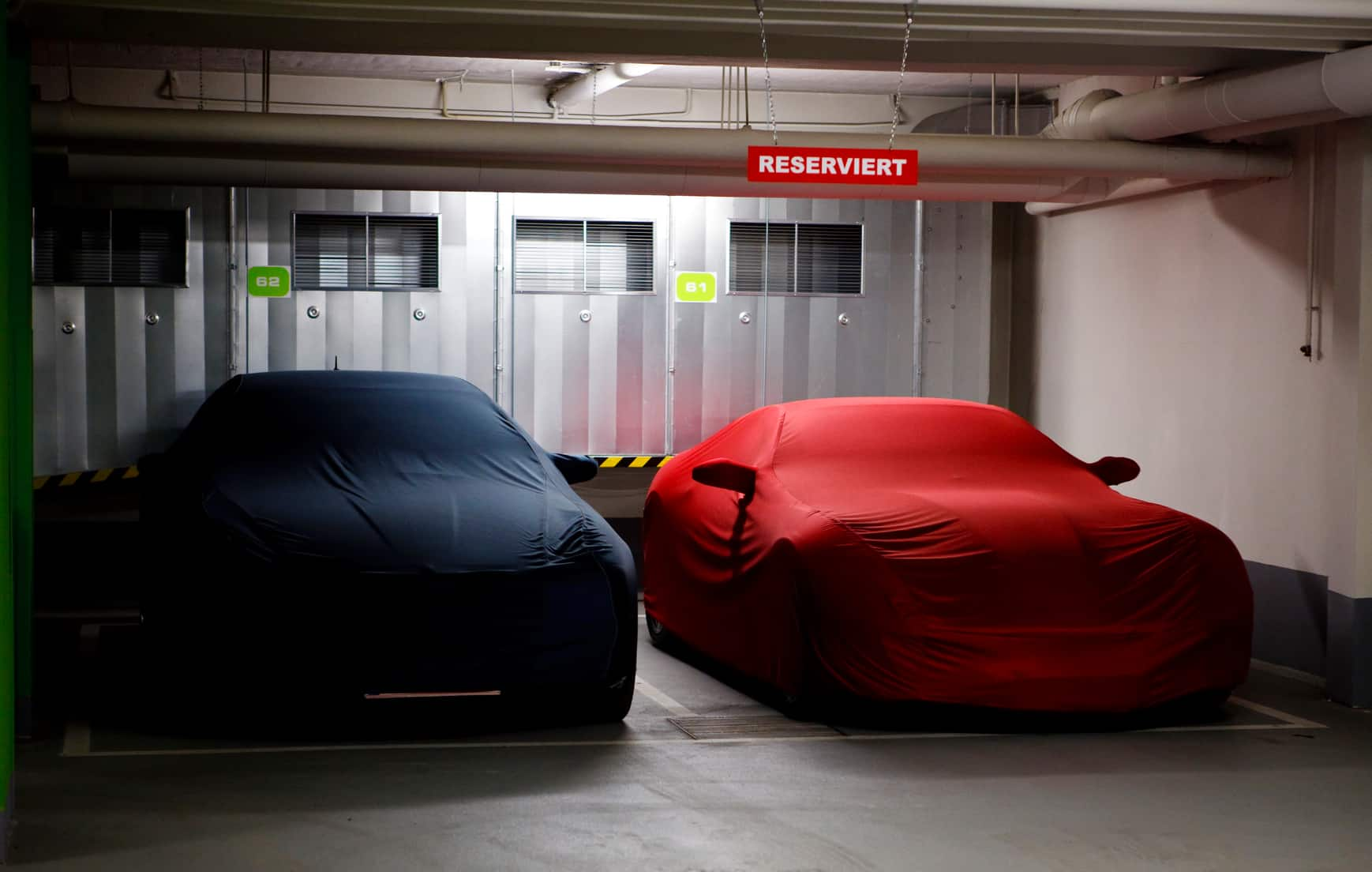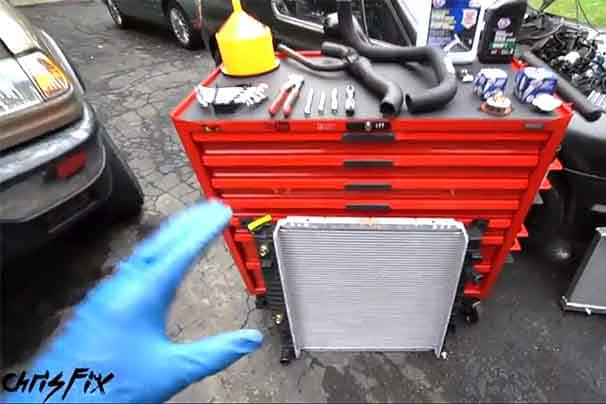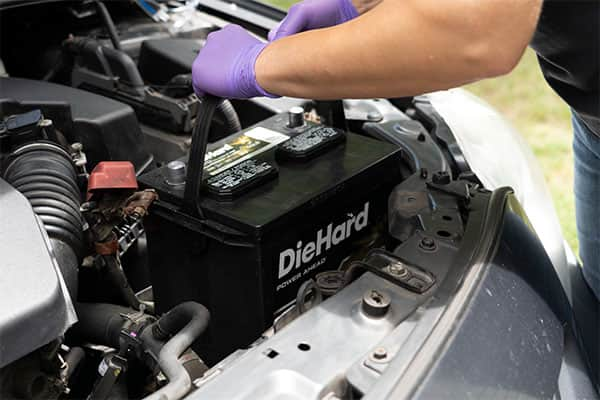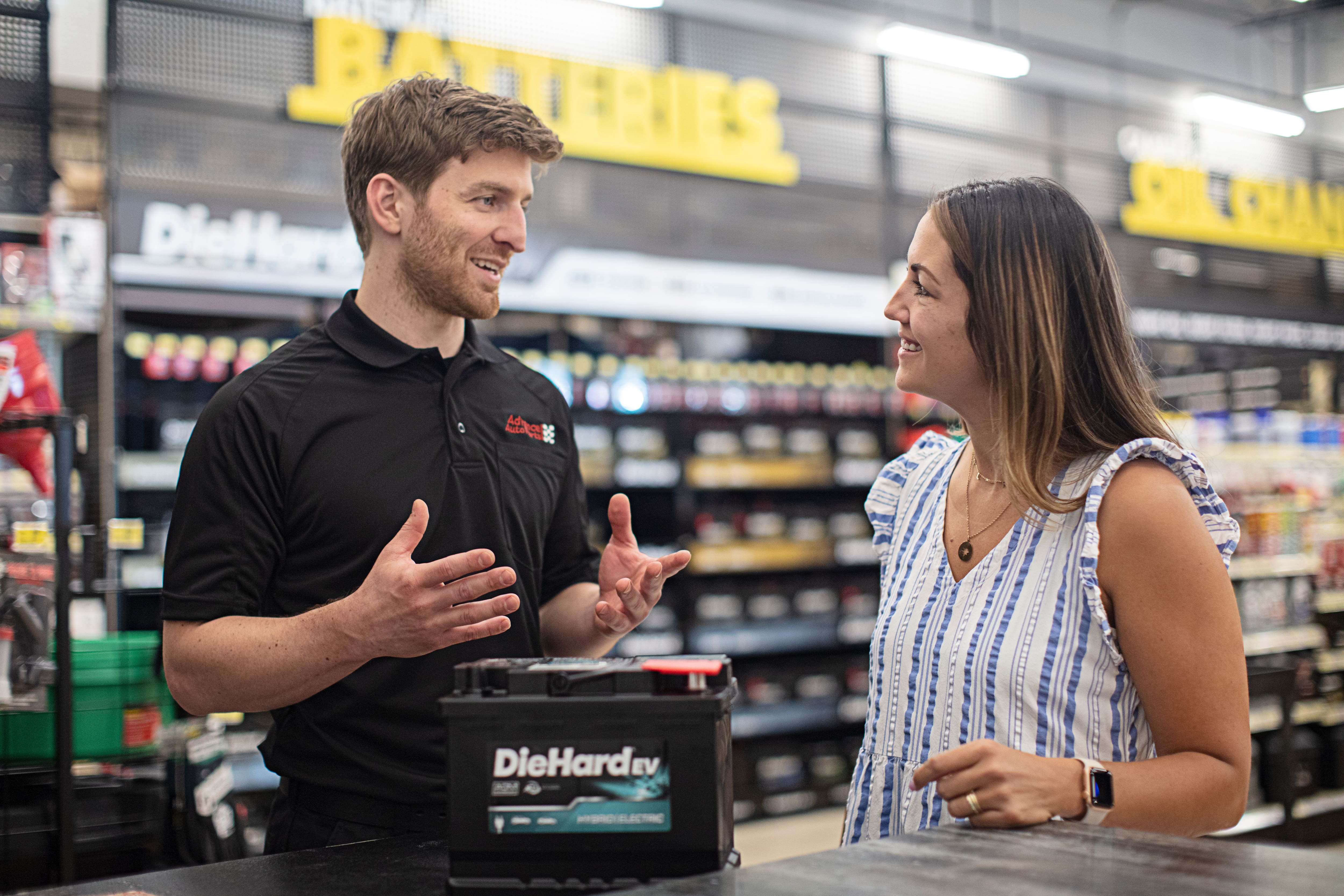Winter means it's time to say “goodnight” to cars and summer toys like ATVs, boats, jet skis, golf carts, and motorcycles. Storing your car for winter (or any of your other toys) isn't as simple as putting it in the garage. So before you tuck your toys in until spring, here are six tips to ensure your winter vehicle storage leads to a happy summer ending.
Source | Getty
1. Check the fluids
Changing out essential fluids and lubricants is like giving your vehicle's engine a warm glass of milk before bed. To prevent corrosion, top off your gas tank then fortify your fuel with an additive like STA-BIL. Boat owners can use SeaFoam to stabilize their fuel. Old motor oil turns into engine-blocking sludge, so change it out too before you put your vehicle into storage. And since you don't want your engine freezing this winter, check that your antifreeze is up to the task with an antifreeze tester. Fresh antifreeze/coolant can withstand -34' F when mixed at 50/50 concentrate. This video shows you how.
Pro Tip: To prevent corrosion, top off your gas tank then fortify your fuel with an additive like STA-BIL. Boat owners can use Sea Foam to stabilize their fuel.
2. Maintain the battery
Keep your battery connected to a trickle charger. Trickle chargers use electricity to replenish batteries at the same rate as they lose power. That way, your battery will be ready to go when you are. A trickle charger can overcharge and damage your battery though. So be sure to use a charger that shuts off automatically, or goes into “float” mode, when your battery is fully charged. Read our post on when to use trickle chargers for more information.
3. Remove or over-inflate the tires
Tires on long-term parked vehicles can develop “flat spots.” To avoid flat-spotting, put the vehicle up on jack stands, remove the tires and store them separately in a cool, dry place out of direct sunlight. If you prefer to leave them on your vehicle, slightly over-inflate the tires for added protection. You can also move your vehicle periodically to even out wear. Return the tires to their normal inflation before driving again in the spring. 
4. Nix the parking brake
Instead of leaving on your parking brake, which can cause your brake pads to stick to and warp the rotors, use a pair of wheel chocks. Problem solved.
5. Clean and polish
You could put off spring cleaning until, well, spring. In the meantime, however, grime and bug guts will do their dirty work on your vehicle’s paint and trim. When you pull off the tarp in a few months, you may find your toy’s not as shiny as you remember. So take time now to clean your vehicle. Apply a coat of wax to guard against moisture and rust. Protect chrome accents from corrosion with a light mist of WD-40. Another benefit of mopping up this summer’s soda spills and chip crumbs: It makes your vehicle less attractive to hibernating vermin. To make your vehicle even less appealing, seal up entry points like tailpipes and lay out scented dryer sheets. Apparently rodents hate the smell of clean laundry as much as you hate the damage they cause. Check out some more projects to do while your car is in storage.
6. Tuck ‘em in
Lastly, If you don’t have room in your garage for your favorite summer toys, store them well-covered and shielded from the elements. Your vehicle will thank you with fewer needed repairs and a longer life.
7. Drive it ASAP!
We're getting ahead of ourselves here, but seriously, don’t wait a minute longer than you have to. Cars like to be driven, and months of solitary confinement isn’t their idea of a good time. When you drive a car (or another motorized vehicle) that’s been in winter car storage, you’ll want to mix in plenty of highway driving to get the operating temperature up and circulate those fluids through the engine. Speaking of fluids, you’ll definitely want to get an oil change as soon as you take your car out of hibernation - here's what else to do when spring rolls around.
Have a sure-fire way to ward off mice or keep your summer toy happy until spring? Leave us a comment below.









